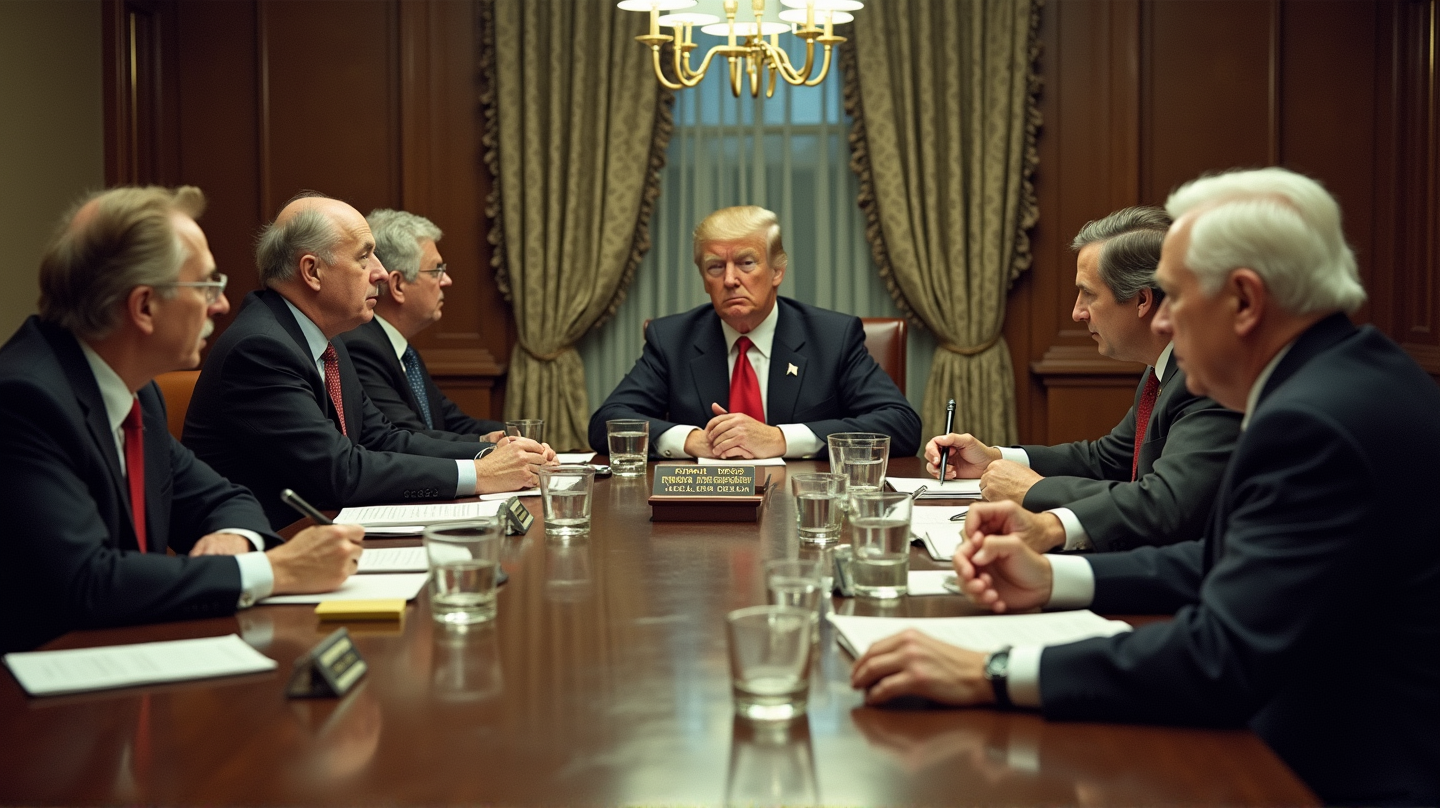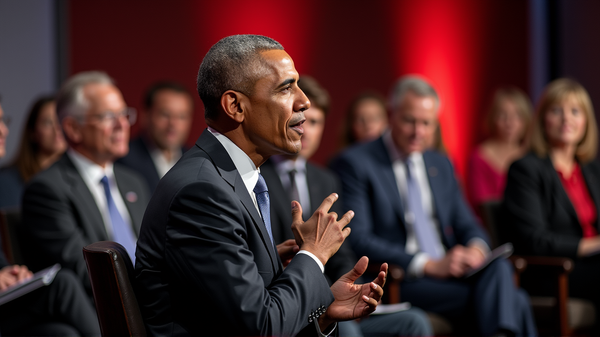Federal Reserve: The Risks of Political Tug-of-War on Economic Stability
The Federal Reserve faces political pressures that threaten its independence, risking inflation and market turmoil. Are we repeating past mistakes?

The Federal Reserve, often seen as the anchor of U.S. economic health, now finds itself in turbulent waters, battling unprecedented political pressures. This dangerous dance could ignite inflationary fires and market instability that echo mistakes of the past, as discussed at length by economic experts.
A Trip Down Memory Lane: Lessons from the 1970s
The tale of the 1970s Great Inflation looms large as a cautionary chapter in U.S. history. The era witnessed political figures like President Richard Nixon swaying the Fed away from its steadfast commitment to price stability, prioritizing short-term growth instead. This maneuver catalyzed rampant inflation, peaking at an alarming 14.5% in 1980. The remedy came with doses of Paul Volcker’s aggressive rate hikes, but at the dear price of a grueling recession. Today, the shadow of such political maneuvering resurfaces, with hints of similar tactics threatening to disrupt the balance, as the AInvest has noted.
Modern Challenges: Navigating a Fragmented Economy
In today’s landscape, the U.S. economy resembles a “dual economy,” where wealth concentration among the top 10% starkly contrasts with the financial strains faced by middle- and lower-income households. This divide becomes especially pronounced as political voices like former President Trump’s resonate with calls for rate cuts, potentially compromising long-term financial stability for political expediency.
Strategies for Smart Investing: Shielding from Economic Quakes
Investors must adopt a proactive approach, arming themselves against potential macroeconomic tremors. Emphasizing inflation-protected investments can hedge against spiraling risks:
- Treasury Inflation-Protected Securities (TIPS): These securities offer a direct hedge by adjusting for inflation, preserving purchasing power.
- Invest in Real Assets: Historically, assets like real estate and commodities, particularly gold, surge in value amidst inflationary pressures.
- Diversification: A well-rounded portfolio with international equities and alternative investments provides resilience against U.S. dollar vulnerability.
The Essence of Independence: Safeguarding the Fed’s Autonomy
The Federal Reserve’s independence functions not just as a bureaucratic formality but as a cornerstone of market stability. Succumbing to political pressures foretells a potential regression to 1970s-style crises, risking prolonged inflation and eroding global confidence in U.S. monetary policy. It’s a scenario where short-term reactive decisions might jeopardize long-term economic health.
Building Resilience: Investors’ Call to Action
With potential policy shifts on the horizon, such as the anticipated FOMC meeting in September 2024, now is the time for investors to fortify their portfolios. Embrace diversification, invest in assets insulating against inflation, and stay wary of excessive exposure to sensitive sectors.
Ultimately, this is a call for vigilance and long-term resilience—a reminder that while political tides may shift, the pursuit of economic stability should not waver. The lessons of history stress the wisdom of preparation and adaptation in navigating the uncharted waters of financial volatility.
The Federal Reserve’s independence is, indeed, a fragile yet invaluable asset demanding our collective protection. As echoed throughout fiscal circles, ensuring its sanctity is intertwined with secure portfolios and enduring financial health.





